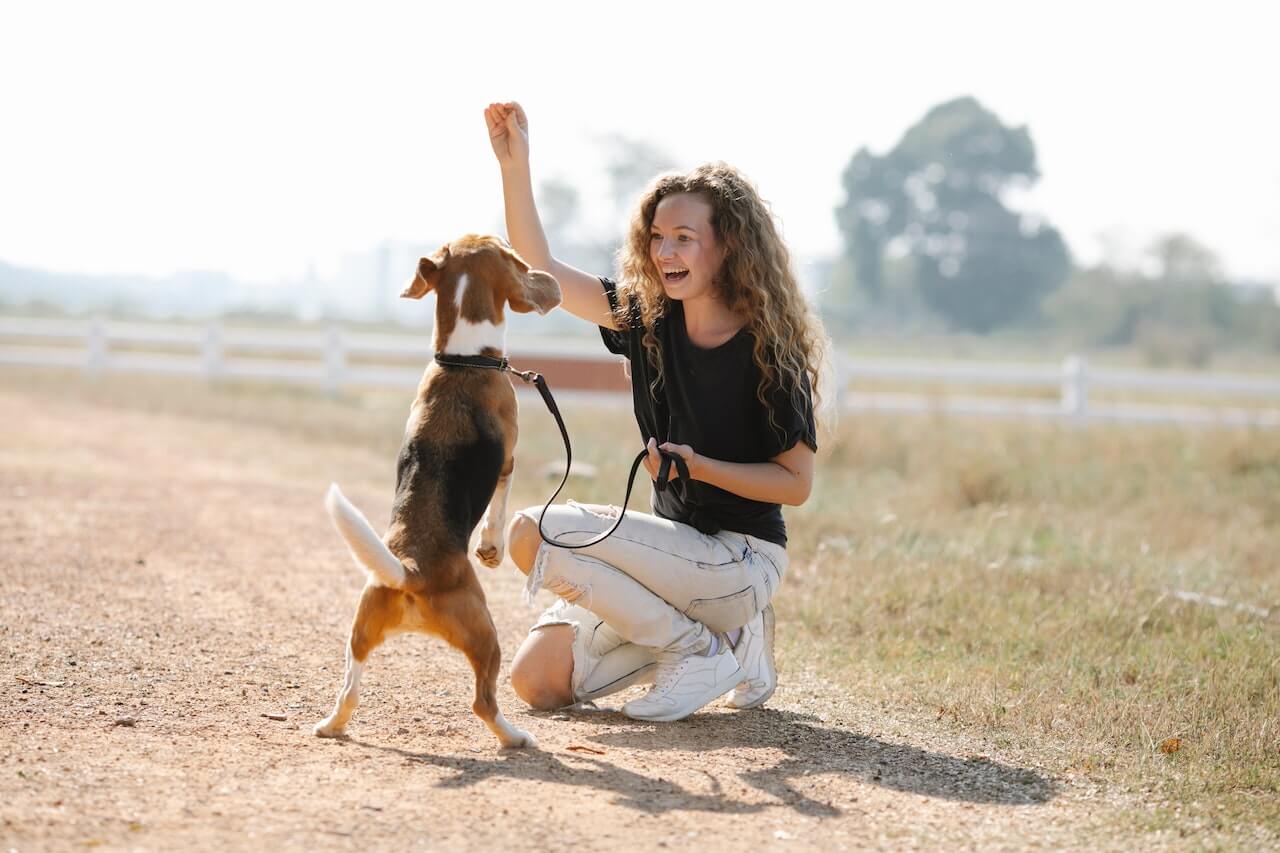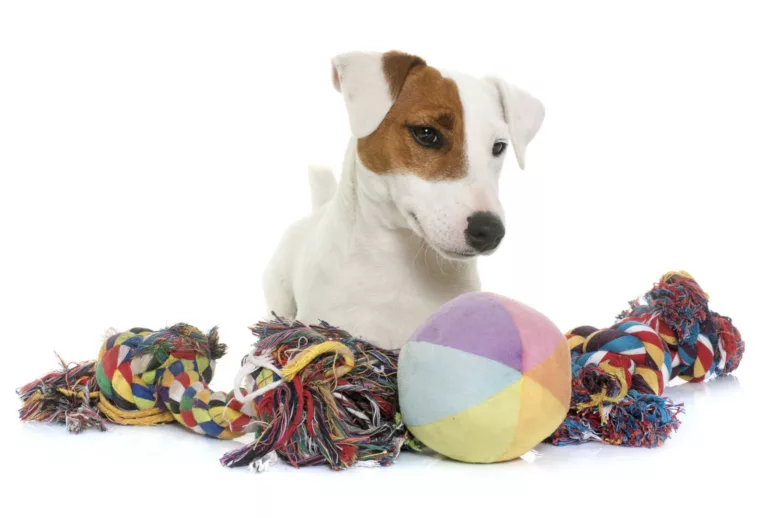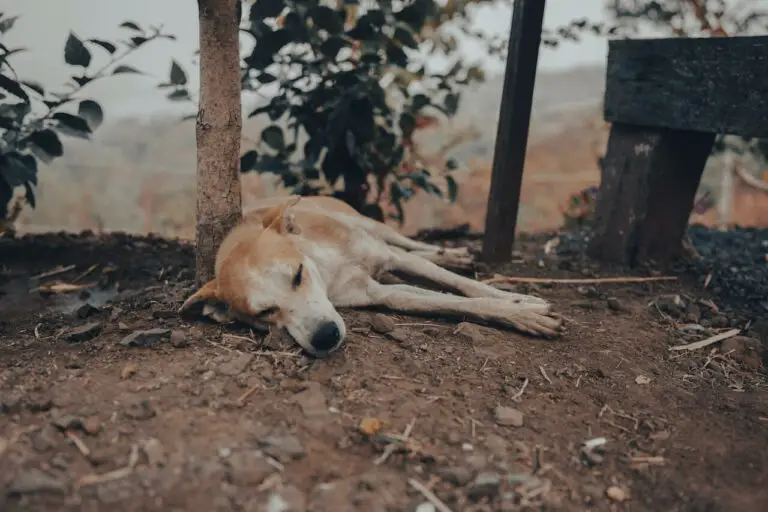Moving to a new home can be an exciting change, but it can also be overwhelming. As a dog who has moved quite a few times in my life, I’ve picked up some tips and tricks along the way that have made the process of adjusting to a new home much easier. So if you’re looking for some advice on how to make your transition a smooth one, then keep reading!
Getting Familiar With Your Surroundings
The first step in adjusting to a new home is getting familiar with your surroundings. This means learning the layout of the house, exploring any nearby parks or trails, and getting acquainted with your neighbors. Even if you don’t plan on interacting with them regularly, it’s important to know who lives near you in case of emergencies. Plus, dogs love meeting new people!
Sticking To A Routine
Once you’ve settled in and gotten used to your new home, it’s time to establish a routine. This means setting regular mealtimes, potty breaks, and playtime so that your pup knows what to expect each day. If there are other pets in the house or kids around, this will also help them adjust more quickly as they learn how everyone interacts with each other.
Create Boundaries And Rules
It’s important when settling into a new home that everyone (humans and animals alike) knows what is expected of them. Establishing boundaries and rules right away will help everyone feel more secure and comfortable in their new environment faster. This may mean setting limits on where pets are allowed to go or establishing rules about proper behavior when guests arrive—whatever works best for you and your family!
Create A Safe Space
It’s natural for our dogs, especially those of us who are shy or nervous by nature, to feel apprehensive about adjusting to a new home right away. To help ease this feeling, create an area where you and I can relax and feel safe. Try adding items like blankets and toys that remind us of our old space or items that bring comforts such as beds or chew toys! This will help provide some familiarity while we explore our new living space together.

Make Time For Playtime
Playtime is integral in helping dogs adjust to a new home as it allows them an opportunity to explore and become familiar with their new surroundings without feeling overwhelmed or anxious about all the big changes happening around them. Make sure you set aside some time during the day for playtime (and lots of belly rubs!) so that your pup knows this is still part of their everyday routine even though everything else may feel different.
Adjusting to a new home doesn’t have to be an intimidating experience for humans or their furry friends! By following these simple steps—getting familiar with your surroundings, sticking to a routine, and creating boundaries—you’ll both be settled in no time at all! Good luck on this journey together; I’m sure it won’t take long before you feel right at home!
Training Tips To Set Boundaries In Your Home With Pets (from the dog’s perspective)
As a dog, I know that setting boundaries are essential for success in my relationship with humans. When I was a pup, it took some time and effort to teach me what behaviors were acceptable and which weren’t. It was difficult at first, but it has benefitted me immensely in the long run because now I have established rules and regulations that help us peacefully coexist. Here are a few tips on how to set boundaries in your new home with pets!
What Are Boundaries?
Before you can begin establishing rules for your pet, it’s important to understand what boundaries are. Simply put, boundaries are the limits you set for their behavior. These can include new home rules like where they should and shouldn’t go in the house or even specific commands like “sit” or “stay”. By having these established boundaries in place, your pet will know exactly what is expected of them and how to act in different situations – which is essential for any good relationship between human and pet!
How To Set Boundaries
The key to setting boundaries is consistency. This means that when training your pet, you should always use the same words and actions as much as possible so they know exactly what you expect from them. It also helps if you reward them when they do something correctly – whether that be through treats or verbal praise – so they know they are doing something right.
Additionally, if there are certain areas of the new home that your pet isn’t allowed into (like the kitchen), make sure to block off those areas with baby gates or other obstructions so they can’t access them at all times. Finally, it’s important not to let any bad behavior slide – otherwise, your pet may think that it’s okay to act out in certain situations.
Enforcing Boundaries
Once you have established some boundaries for your pet, it’s time to start enforcing them consistently! This means being vigilant about correcting any bad behaviors as soon as possible (but not punishing them too harshly). If needed, create a system of rewards and punishments that fit the situation; this could look like giving treats for good behavior but taking away privileges (like playing outside) if they misbehave. Additionally, make sure that everyone in the household is on board with enforcing these rules – otherwise, your pet will become confused about who has authority over them!
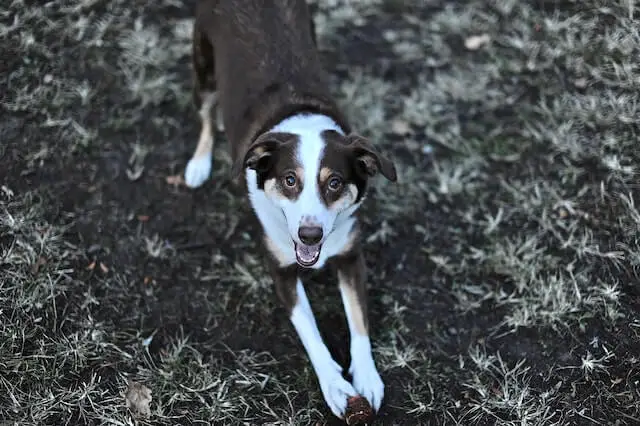
Tip 1 – Establish Firm Rules
The first step in teaching your pet to set boundaries is to establish clear rules. For example, if you don’t want them jumping on furniture or counters, make sure they understand from day one that this behavior isn’t allowed. Once you have established the rules, be consistent about enforcing them every single time. This way, your pet will quickly learn which behaviors are acceptable and which aren’t. If you can’t enforce the rules consistently, your pet won’t learn what is expected of them.
Tip 2 – Use Positive Reinforcement
When training your pet to set boundaries, use positive reinforcement instead of punishment or scolding them when they do something wrong. Instead of yelling at them for jumping on the couch (which probably isn’t going to work anyway), try rewarding them with treats or verbal praise when they do something right. Positive reinforcement can be an effective way of teaching your pet how to behave properly without making them feel anxious or scared.
Tip 3 – Provide Adequate Exercise
Pets need physical activity just as much as humans do! Make sure you are providing adequate exercise for your pet by taking them for walks or playing fetch in the backyard every day. Not only will this help keep their energy levels low (so they won’t be tempted to jump on furniture!), but it will also allow you two to spend quality time together so that you can build a strong bond and trust between each other.
Setting boundaries with pets can be challenging, but following these tips can help make it easier! Establish firm rules and be consistent about enforcing them; reward good behavior with positive reinforcement; and provide plenty of exercises so that they stay physically active throughout the day. With patience and dedication, soon enough you will have created a loving relationship based on mutual understanding and respect!
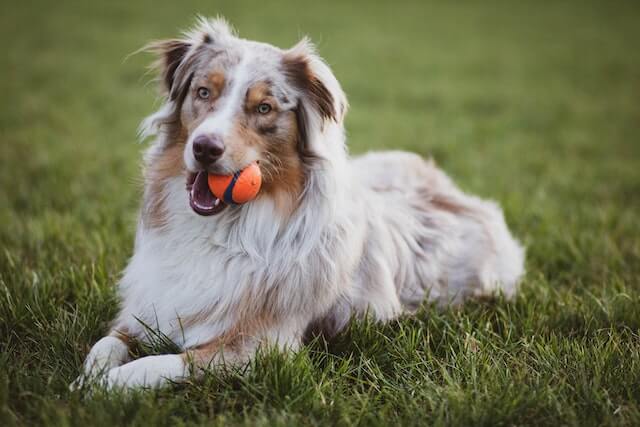
How to Keep Your Dog Busy When You’re Not Home
Create a Schedule and Stick With It
A routine helps keep dogs from getting bored or anxious. A daily schedule of activities like walks, playtime, naps, and meals will help your pup stay content while you’re away. Plus, having a regular schedule gives your dog something to look forward to each day so they don’t feel so alone.
Keep Us Guessing!
Try mixing things up every once in a while by changing around our daily routine or introducing new activities into the mix. We love surprises just as much as humans do, so tossing in something unexpected every once in a while helps break up the monotony of being stuck at home all day. Plus, this keeps us mentally engaged since we never know what kind of exciting (or delicious!) surprise might be waiting around the corner!
Provide Toys and Puzzles
There’s nothing like a good game of fetch or tug-of-war to keep us entertained. There are tons of toys out there that will keep us occupied and help us stay sharp mentally too. Puzzle toys are great for mental stimulation as they challenge our brains by making us work for treats! Plus, it gives us something to do while we’re gone instead of just sleeping or barking at people walking by outside.
Physical Exercises
Physical exercises are essential for keeping us healthy, energetic, and happy! Taking long walks around the neighborhood is always enjoyable, but you can also mix it up by taking different routes or going on hikes! If you don’t have time for that kind of adventure, playing fetch in the backyard is also a great exercise for our pups! Plus if we get tired of fetching balls or sticks, there are other toys like flying discs that we can play with together instead.
Socialization
Socializing with other pups is one of my favorite things to do! Studies have shown that proper socialization helps dogs become more confident and less anxious when faced with new situations or people. Plus it’s just plain fun! If you’re worried about taking me outside during this pandemic, don’t worry—you can still get me socialized while staying safe at home by playing online games or taking walks around your neighborhood. You can even sign up for virtual puppy classes or doggy daycare if you feel comfortable doing so.
Hide Treats Around the House
Nothing gets me more excited than a scavenger hunt! Hiding treats around the house is an awesome way for us to use our noses – plus it keeps us occupied and distracted from being alone in the house all day long. Make sure you hide them in safe places like on top of furniture that we can’t climb onto – that way we won’t get into any trouble while you’re away!
Keeping your pup busy is important while you’re away – not only because it keeps them occupied but also because it’s mentally stimulating. Creating a routine with scheduled activities like walks, playtime, naps, and meals combined with providing toys and puzzles as well as hiding treats around the house will give your pup something to look forward to every day while giving them the mental stimulation they need – plus it’s really fun too! So go ahead and give these tips a try when you have to leave your pup behind during the day. Trust me – they’ll thank you for it!

